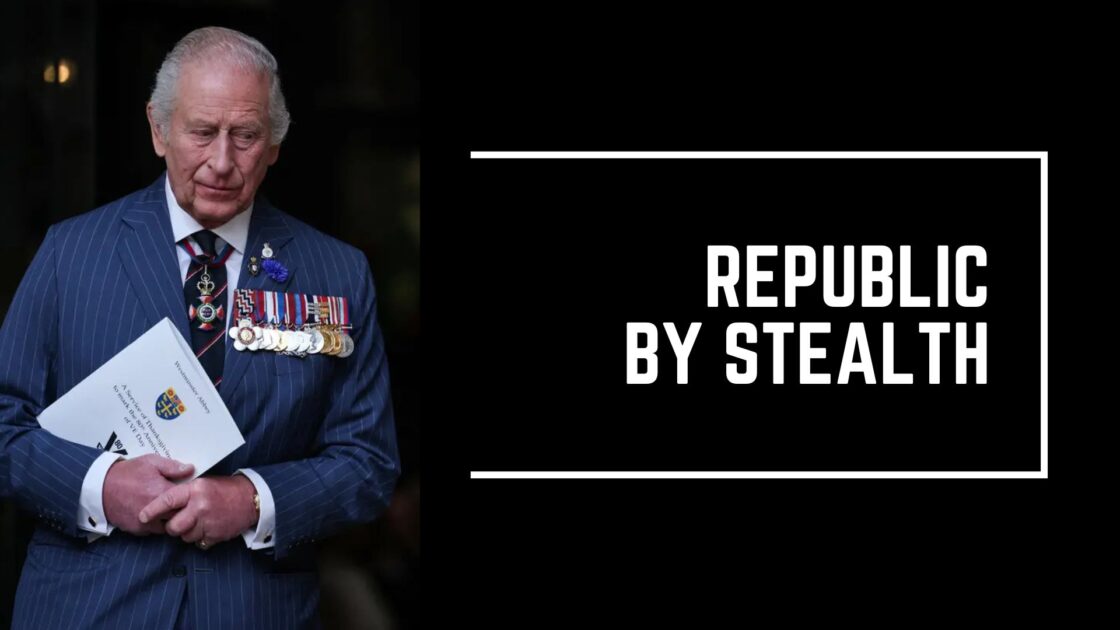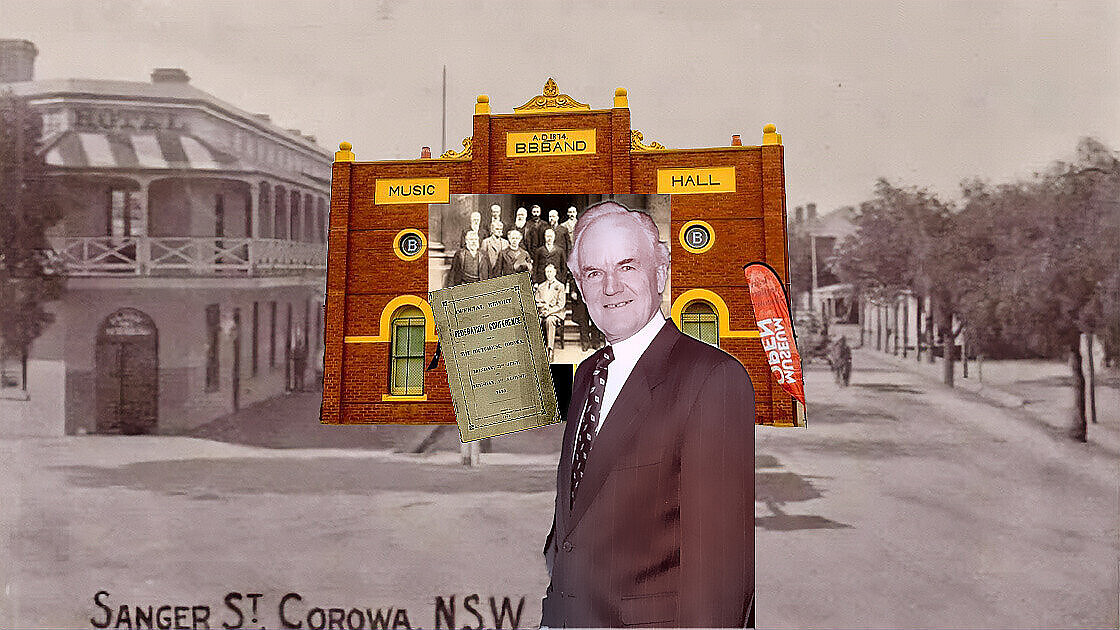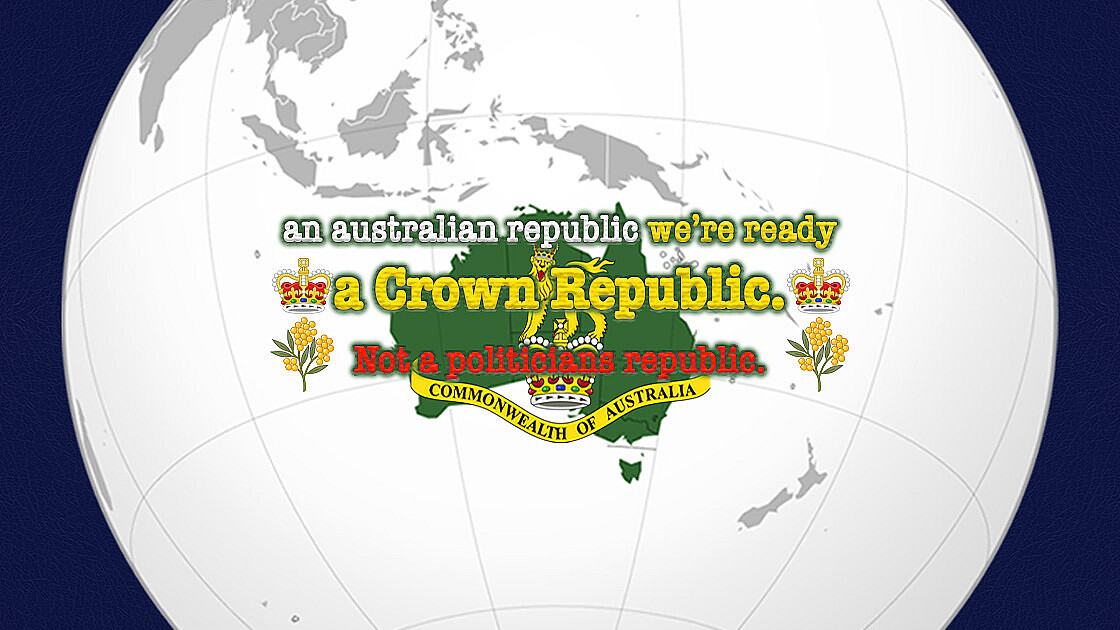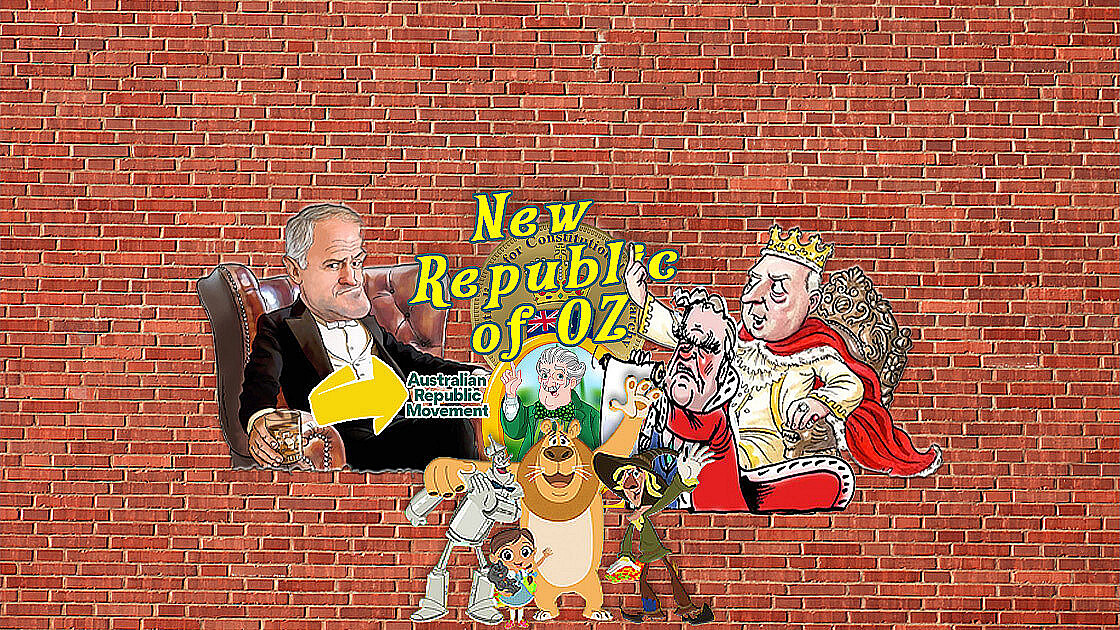Temptation: Change Through The Backdoor

This is a plan to circumvent the Constitution by the use of cascading constitutional plebiscites, which are designed to soften the people up before a final referendum. This is a constitutional change by stealth and by fatigue. It irresponsibly invites a vote of no confidence in our Constitution to create a vacuum for at least a decade. This might be the sort of tactic that political parties might adopt over some minor issue. It is not the way to deal with something so fundamentally important as the Constitution. Apart from the sheer irresponsibility of this approach, there is nothing in it for any of the political parties. It is a folly of monumental proportions, beside which the Millennium Dome will appear as a minor glitch. There is nothing in it for the Labor Party — that was clear from the way in which so many safe Labor seats voted. The […]
The 2001 Corowa Conference

Author of the McGarvie Model, McGarvie was an appointed delegate to the Constitutional Convention on the Australian Republic in February 1998 and initiated the 2001 Corowa conference to find common ground among republicans after the referendum defeat in 1999. He took the unusual position of making contributions to republicanism without directly supporting the broader republican movement. He promoted his own model and, at the 1998 convention, argued the provision for two-thirds parliamentary dismissal of a president was unworkable. The Republic: Report from CorowaProfessor David Flint, AM …The invitation… The 2001 Corowa People’s Conference was conceived and developed by the Hon. Richard McGarvie, who insists he is neither a constitutional monarchist nor a republican, to approve a process to “resolve the Head of State issue”. Mr McGarvie was formerly a Victorian Supreme Court judge and then the Victoria Governor. He is a distinguished jurist and author of Democracy—Choosing Australia’s Republic. Mr […]
The Senate Inquiry 2003-4

On 26 June 2003, less than four years after a resounding rejection in 1999, the Senate referred an Inquiry into the Australian Republic to the Senate Legal and Constitutional References Committee. The Terms of Reference were not whether a politician’s republic was desirable. ____________________ Terms of Reference The committee is also required to facilitate wide community participation in this inquiry by conducting public hearings throughout Australia, including in rural and regional areas. ____________________ Remarkably, the inquiry was to establish “the most appropriate process for moving towards the establishment of an Australian republic with an Australian Head of State.” At considerable expense, the Committee travelled around the country conducting hearings in all state capitals. Australians for Constitutional Monarchy made this submission. The Committee tabled its report called Road to a Republic on 31 August 2004, a time when the nation was increasingly engrossed in the approaching Federal Election. As expected, the majority […]
The Evolving Constitution

There are two distinct approaches to constitutional reform, observes Professor Kenneth Minogue of the London School of Economics. One is evolutionary and minimalist. The other is theoretical, abstract, and often revolutionary. The first recognises that when an evident evil arises in government, it needs to be corrected with as little disturbance as possible. This is the traditional Australian approach, as demonstrated not only in the way we have made our constitutions but also in the way we change them. It could be summed up by the maxim, Si fractures non sit noli id refinery, which could be translated as, “If it ain’t broke, don’t fix it.” This is not a desire to cling to the past but to preserve a system that has exhibited enough inner dynamism to survive the twentieth century. Minogue says that it is precisely the capacity of constitutional monarchy not just to change but to respond […]
Australia and Argentina

Republicans raised the constitutional status of Argentina. Richard Woolcott said that an Argentinian had told him it would be impossible to conceive of the King of Spain also being King of Argentina. Our Federation was born on the first day of the new century, 1 January 1901. A comparison with another similar country demonstrates the extraordinary success of the Australian Federation. In 1901, Australia had one of the highest incomes per head in the world, an honour it shared with another former settled colony, Argentina. We had much in common. Both were countries of European settlement, both supplanting an indigenous population, although Argentina was treated much more harshly. Both attracted large-scale immigration, and both imported much of their essentially Judaeo-Christian culture and their European language. Both were developed with substantial British investment, and both were rivals for shares in the lucrative British meat market. But our histories since then could […]
